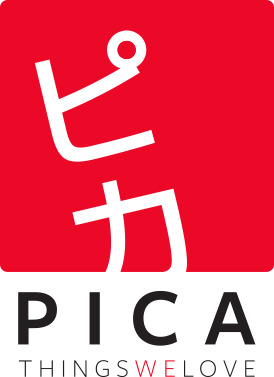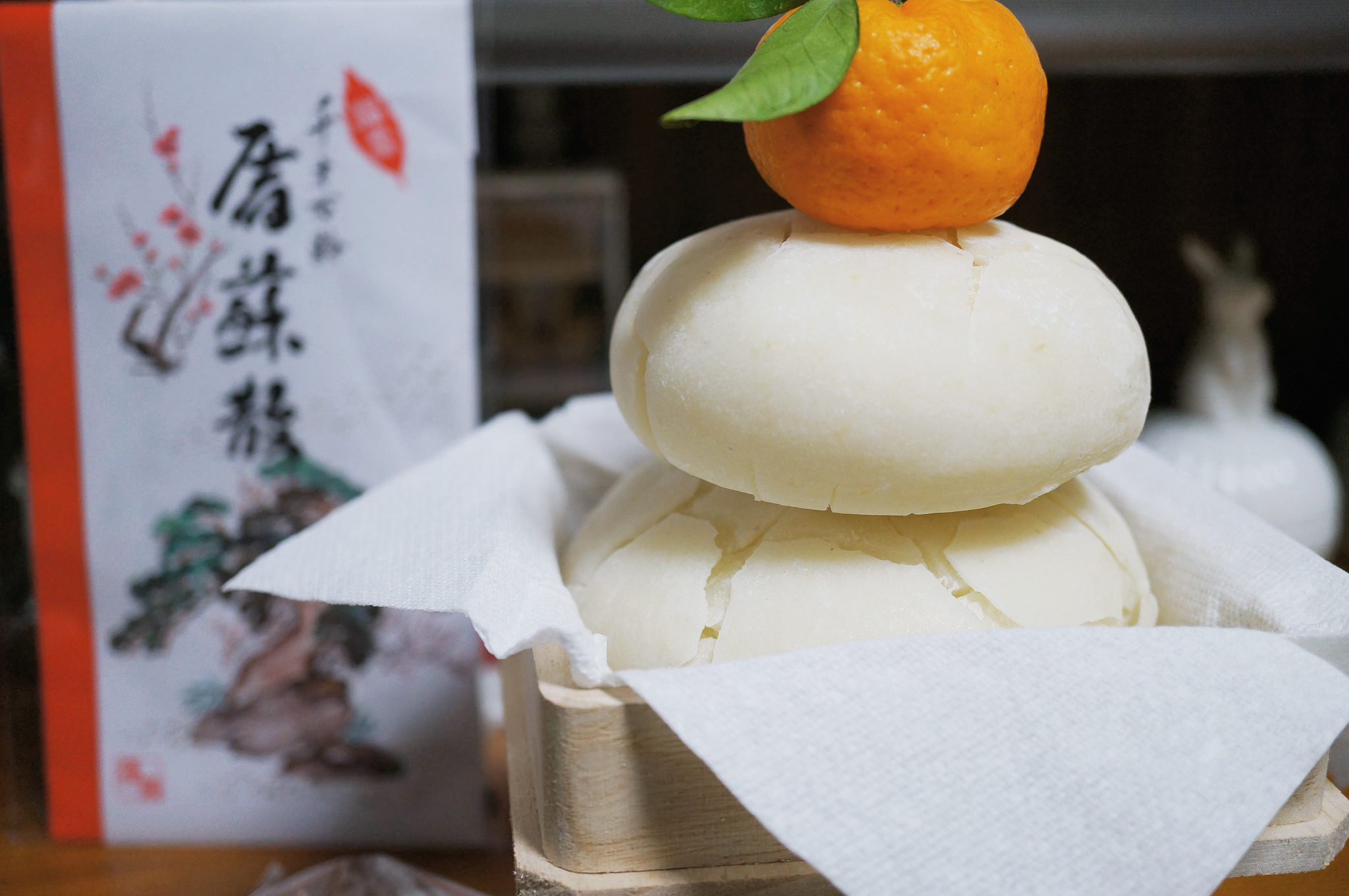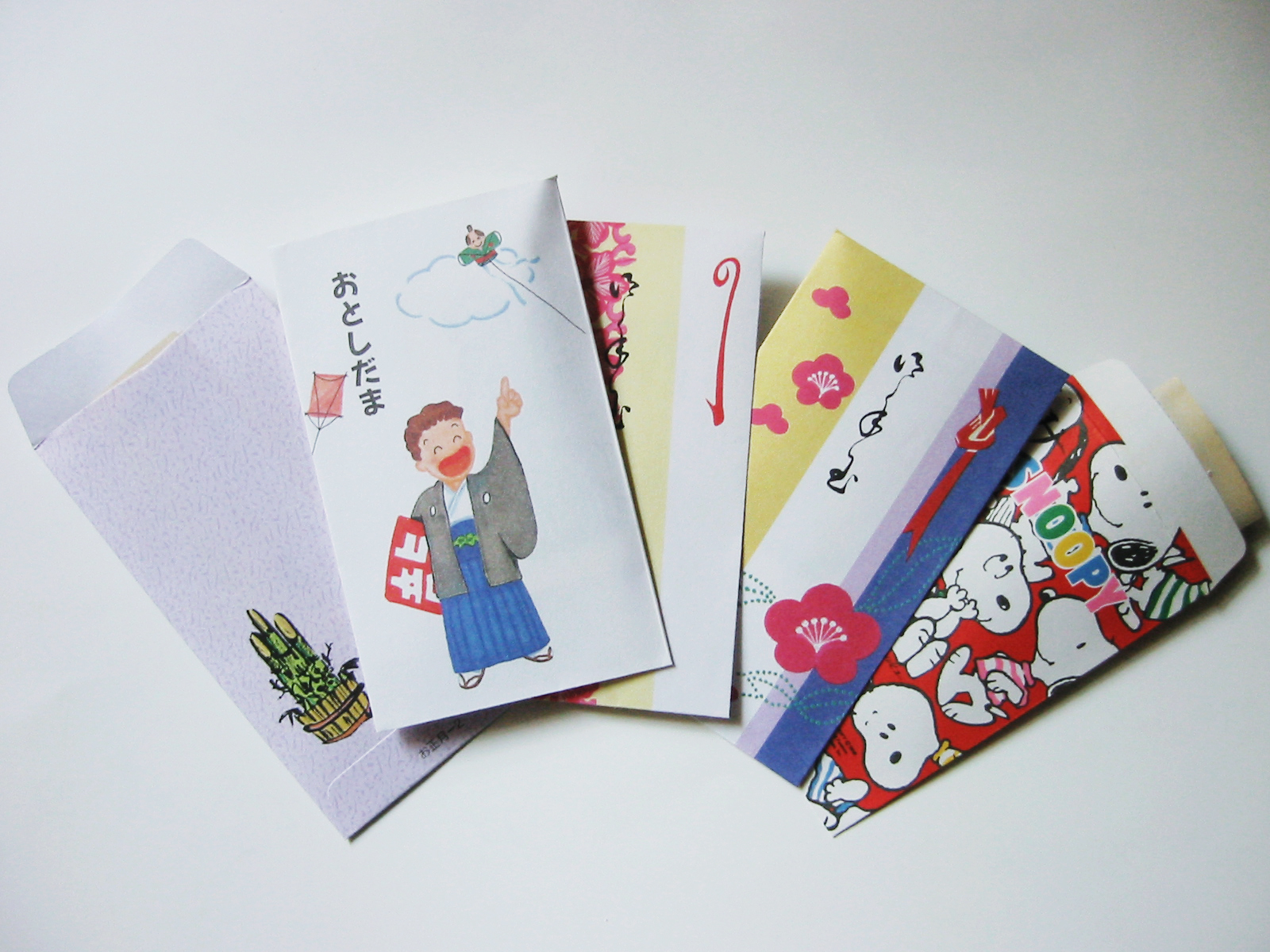The New Year is just around the corner, and I honestly couldn’t wait for the day to come. Personally, I have always felt that New Year is the biggest, most important day of the year. Growing up in Russia it was definitely the most exciting day of the year. A somewhat of a Christmas and Thanksgiving fusion of lively winter holiday music, “New Year” tree adorned in ornate glass ornaments and string lights shimmering in the corner, Father Frost bearing gifts, a generous feast, endless supply of sparkling wine, and fireworks—New Year celebration is a party for the old and the young from sundown till daybreak. It is the grandest day of the year that is all about the family, and is celebrated traditionally as such. We have a saying: “The way you spend New Year’s Eve is the way you will spend the rest of the year”. And wouldn’t you agree that food, fun, laughter, and love are the most important ingredients for a wishful happy New Year.
In Canada I feel that New Year celebration is always second place to Christmas. The atmosphere following the 25th would suddenly change. The cheer would fade. The decorations were removed. The festive store shelves emptied. It just isn’t the same. New Year in Japan, however, is a whole different story. Similarly to the Russian spirit of New Year celebration, following Christmas the festivities do not end there. They are just beginning. For New Year here is the biggest as well as the longest holiday of the year. It is once again all about the food, the family, and New Year fortune. And in a truly Japanese way, it is also curiously unique.
The Oshogatsu Tradition
Oshogatsu (お正月) is the first month of the year, January, but most commonly associated with its first three days known as 三が日 (san-ga-nichi). These three days are spent visiting shrines, extended family members, and friends. The entire country takes a break from its busy life to enjoy and celebrate what really matters.
The preparation for Oshogatsu (正月事始め, shogatsu-koto-hajime) begins early in December. There is a lot of work to be done, making it for most families the busiest month of the year. It starts off with cleaning. Not just any cleaning, the susuharai (煤払い) cleaning—similar to spring cleaning in the West, but in December. Literally meaning to brush off the soot, the practice dates back to the 17th century, when the common folk began to follow the custom first established at the Edo Castle in 1640 of cleaning ones household to purify and welcome the god of the New Year (年神, toshigami). Today many families will take the time to show their home some love in hopes of beckoning luck and prosperity on the New Year’s Day.
Any celebration is not the same without the decorative tokens of the festivities. The same goes for Oshogatsu. As Christmas comes to a close, families will begin to take down the Western decor and replace it with 正月飾り (shogatsu-kazari, New Year’s decorations). The Oshogatsu custom comes from the early harvest thanksgiving and ancient religious practices; reflecting this are the festive decorations prevailing today. The main three are kadomatsu, shimenawa, and kagami mochi.
Kadomatsu (門松), literally ‘gate pine’, is a pine and bamboo decoration placed at the entrance, usually in pairs, of one's home or shop. It can begin to be seen around by mid-December until January 7th, commonly featuring three bamboo shoots cut diagonally in different lengths, pine, and a base made of straw. The bamboo and pine are linked to the Shinto belief of god spirits residing in trees, and are symbolical as they represent longevity, strength, and prosperity. The different lengths of the bamboo denote heaven, humanity, and earth from tallest to shortest respectively.
Shimenawa (しめ縄) is a braided straw rope that can often be found in Shinto shrines to mark or enclose sacred areas as a talisman against evil. The Oshogatsu shimenawa or shimekazari (しめ飾り) is often braided resembling a wreath commonly adorned by daidai (橙, bitter orange), and placed at the entry, similarly to kadomatsu, to signify that one’s home has been purified and is ready to welcome the toshigami. In addition, the bitter orange in itself is a symbol of longevity as the fruit if not picked will remain on the tree for several years, which also can be linked to its homophone 代々 (daidai) meaning several generations.
Kagami mochi (鏡餅), literally ‘mirror mochi (rice cake)’, is a two round mochi pyramid, believed to have originated in the shape resembling an old-fashioned round copper mirror, topped with daidai (bitter orange), and placed in various locations around the house. Each location in the house is believed to have a corresponding Shinto god, and thus one would place each kagami mochi at such locations: for kamado-gami (かまど神, god of stove) in the kitchen, nando-gami (納戸神, god of back room) in the bedroom, kawaya-gami (厠神, god of toilet) in the toilet room, and suijin (水神, water god) in the sink and bath facilities.
The kagami mochi are easily found in supermarkets and are encased in plastic molding to prolong the rice cake lifespan. The kagami mochi are put out near the end of the year until January 11th, the Kagami Biraki (鏡開き, New Year’s rice cake cutting) Day. The cut mochi is then added into ozenzai (おぜんざい), a traditional red bean and mochi soup.
Nengajo
In addition to the cleaning and decoration preparations, families are busy sending out written nengajo (年賀状, New Year’s postcards) adorned with the Chinese zodiac animal of the coming year. Similar to the Christmas cards in the West, the post office makes extra effort to deliver the nengajou by New Year’s Day.
Oseibo
Some also partake in the old tradition of year-end gift giving, called oseibo (お歳暮). In December, supermarkets and department stores around the country set up a special section near the entrance displaying exceptional sets of delicacies, such as confectionary, high grade marble beef, alcohol, and fruits. These are then sent out as oseibo gifts by the family. Traditionally these gifts are meant to say thank you to people who showed kindness to you this year. Today these gifts are more commonly sent to parents, relatives, and superiors at work.
December 31st
December 31st, New Year’s Eve, is the most important day. As the year comes to a close the sound of the temple bells will begin to fill the crisp winter air. The bells are rung 108 times (除夜の鐘, joyanokane)—107 on the 31st and one last one past the midnight of the New Year. The 108 chimes symbolize the human worldly desires, and is believed to expel the sins of the previous year. The celebration will thus begin and continue all through the night until the first sunrise of the year (初日の出, hatsuhinode). Hatsuhinode is believed to have spiritual powers, with many coming out at the break of dawn to wish upon the rising sun.
It is also the day of shrine visits, hatsumode (初詣で, first shrine visit of New Year). Families first visit the shrine at midnight and then again on New Year’s day to pray for health, prosperity, and happiness in the new year, and pick up omamori (お守り, protection charms) on the way out. Because of this it is the busiest day for the shrines. Some young women will dress up in brightly coloured beautiful furisode, a traditional long sleeve kimono used for special occasions, making the shrine visit a treat for the eyes.
Dining Oshogatsu
On New Year’s Eve to ring out the Old Year, soba is the dish of choice. The toshi-koshi soba (年越し蕎麦), literally year-crossing soba, symbolizes a wish for a long life, as long as the noodle. Soba is also an easy dish to make, allowing the housewives to rest after a long day of New Year preparations.
On the morning of the New Year’s Day families will gather to eat the first meal of the year, a homemade osechi-ryori (お節料理). It is a specially prepared feast that was originally designed to wish for a rich harvest in the New Year. Osechi is served in special stacked boxes that resemble bento, called jubako (重箱). The boxed meals contain foods that are considered to be auspicious, with the ingredients prepared to last for days into the New Year. The osechi tradition first took roots in the Heian period (平安時代, Heian jidai, from 794 through 1185), when using a stove to cook a meal in the first three days was considered taboo. The osechi meals were thus made close to the end of the Old Year allowing the women to rest from cooking meals during the sanga nichi period (the first three days of the New Year). This tradition is still observed today, as many housewives prepare the osechi meals to be enjoyed in the days to come. The osechi contents may have changed over the years, but the practice strives to this day. In addition to the homemade osechi, many supermarkets and stores will have ample amounts of ready-mades readily available for order.
Just as the decoration pieces have their own symbolical meanings, each osechi ingredient is envisioned to bring luck as well. For instance, due to its curved back and long whiskers shrimp is thought to resemble an old person, and is thus believed to bring long life. The holes in the lotus root suggest ease of looking through to the year ahead. And cooked herring roe, kazunoko (数の子)—’kazu’ meaning number and ‘ko’ children—have the power to bless one with children. For more on the osechi dishes and their meanings, check out this article by Fae’s Twist & Tango.
Otoshidama envelopes. Photo by Jnn.
Otoshidama
There might not be any presents under the tree for the kids, but there is otoshidama. Otoshidama (お年玉), literally New Year’s present, is a small gift given on the New Year’s Day to children. Similar to the Chinese New Year practice, children receive small envelopes (ポチ袋, pochibukuro) filled with money. The amount differs with age and family traditions, but commonly it is around ¥5,000 ($40~50).
Wishing “Happy New Year!” in Japanese
Leading up to the New Year, when parting at last it is common to say「よいおとしを」(yoi otoshi wo). Literally “Happy New Year”, it is a wish for the year-to-come to be a prosperous one.
Once the New Year is here, it is 「明けましておめでとうございます」(akemashite omedetou gozaimasu), literally “Congratulations with the beginning (of the New Year).”
On this note we’d like to wish everyone a Happy New Year! May 2017 be prosperous and kind! よいおとしを。
P.S. If you are reading this in 2017, 明けましておめでとうございます!!










